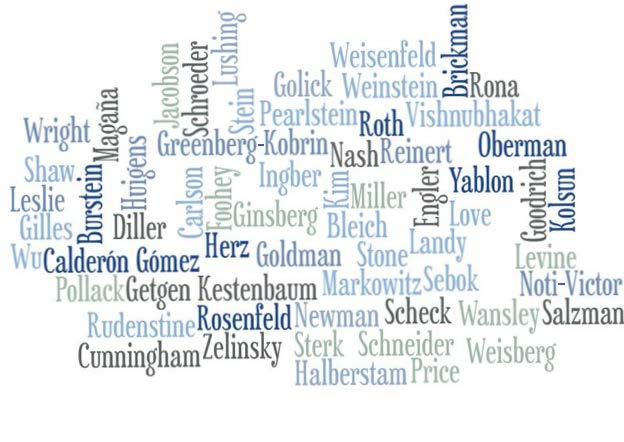Publication Date
2013
Journal
Connecticut Law Review
Abstract
Integration occupies a contested and often paradoxical place in legal and public policy scholarship and the American imagination. Today, more Americans are committed to integration than ever before. Yet this attachment to integration is hardly robust. There is a widespread perception that integration has failed. A vanishingly small percentage of social and economic resources are spent on integration. At the same time, some progressives and those who would otherwise consider themselves on the "left" criticize integration as insufficiently attentive to economic equality and dismissive of black identity and culture. Scholars from across the political spectrum have sought to explain this disconnect and to assess the possibilities of integration as a political program, moral ideal, and social agenda.
In his recent book, Critical Race Consciousness: Reconsidering American Ideologies of Racial Justice, Professor Gary Peller joins this robust and ongoing conversation. Peller 's central claim is not that integration has had too little influence over the shape of racial equality and social policy, but that it has had too much. One must him credit for intervening in this important discussion. Peller 's intervention is to argue for a muscular, nuanced, and sophisticated understanding of black nationalism as it posed an ideological alternative to integration. His central achievement is to add value to the scholarly discussion about a critical issue: What is the meaning of racial justice, and did (and does) integration help us achieve it?
Ultimately, however, Peller 's argument was not convincing. His capture of integration as having footing solely in individualistic race neutrality is problematic for at least three reasons. First, it misses the structural dimensions of the integration ideology. Instead, integration is actually quite radical because of its laser-like focus on racial segregation, which structures, maintains, and perpetuates inequality across virtually every indicia of social, political, educational, and economic well-being. Second, it misconstrues the extent to which integration has been accepted as a goal in the United States. Third, it mischaracterizes the extent to which integration, as distinguished from an ideology of individualistic race neutrality, has led to current views of equal protection law. In this Book Review, I support my critique of Critical Race Consciousness, and my affirmative claim about the virtues of integration by referencing history, legal analysis, and current debates about how best to achieve racial equality.
Volume
46
First Page
725
Publisher
University of Connecticut School of Law
Keywords
integration, racial equality, racial justice, segregation, critical race theory, race-neutral
Disciplines
African American Studies | Law and Race
Recommended Citation
Michelle Adams,
Integration Reclaimed: A Review of Gary Peller's Critical Race Consciousness,
46
Conn. L. Rev.
725
(2013).
https://larc.cardozo.yu.edu/faculty-articles/437


